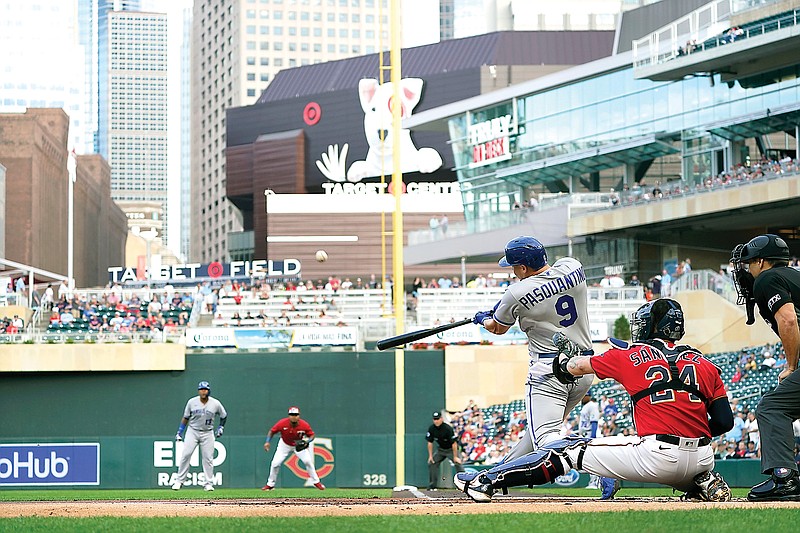
The table below is a comparison of the ProLine PL16803 and the Kepler KL4040 cameras, using a low flux value of 1 photon/pixel/second. The difference is the ProLine uses a traditional CCD while the Kepler uses a Scientific CMOS sensor. Both cameras use a 4k x 4k sensor with 9 micron pixels. The ProLine PL16803 has been the de facto standard for astrophotography since its release in 2006, and the Kepler KL4040 continues the tradition of excellence. (Also cool sensor to lowest possible operating temp.)Ī Signal to Noise Ratio Comparison: PL16803 CCD vs. The following may be useful in making the decision on which mode is most appropriate:Ĭhoose LDR mode for required frame rate greater than 24 FPS (exposures <42 ms).Ĭhoose HDR mode for a dynamic range greater than 0 – 4095 countsĬhoose LDC when your exposures are sufficiently long that dark current growth uses a significant percentage of full well capacity. On the other hand LDC mode is very useful for imaging dim objects that require very long exposures where dark current growth can be significant. Standard modes (not LDC) provide the highest full well capacity and widest dynamic range. For short exposures where dark current growth is not a problem, LDC is not generally used. When used, the LDC option minimizes dark current at the expense of reduced full well capacity. The Kepler camera also features a Low Dark Current (LDC) options for both LDR and HDR. Because of the additional read time, the maximum HDR frame rate is half that of the LDR mode. (Unlike CCDs that only read the charge from each pixel once, CMOS sensors can measure the charge multiple times.) The two images are merged to create a 16 bit image with the linearity of a single image, thus allowing an HDR image to show detail in both low-count and high-count areas of an image. The High Dynamic Range (HDR) mode reads the pixels twice, digitizing with different gains.

Adjusting the gain affects full well size, dark current growth, and linearity. The user has eight gains to select from in LDR mode. The KL400's Low Dynamic Range (LDR) mode reads the image once and digitizes it to 12-bits. This affordable camera is a game-changing solution for Space Debris Detection and Space Situational Awareness applications and is ideal for universities or dedicated amateurs who want to capture every possible photon. Maximize Your Field of View with our New Large Format Kepler KL6060 sCMOS CameraĪvailable with a front-illuminated sensor or high-QE back-illuminated sensor, the Kepler KL6060 camera is capable of taking up to 19 frames per second using the optional QSFP fiber interface. Need Extremely Accurate Time Logging? See the Kepler Image Time Stamp.

Small Footprint (as small as 10.2 x 10.2 x 10.7 cm).Deep Cooling (up to 45☌ below ambient).Air Cooling or Liquid Cooling (LC connectors sold separately).Choice of Windows - View Transmissivity Curves.Optional Electromechanical Shutter for Remote Acquisition of Calibration Frames.Optional QSFP high speed fiber interface.Future developments will include interline transfer CCDs and EMCCDs. Sensors currently supported include front and back illuminated sCMOS.

The Kepler Series is a giant step forward in throughput, providing faster digitization, higher speed interfaces, and up to 35 channel readout. In less than an hour one can record depths which can only be achieved with a CCD over many hours." -Gerald Rhemann "But one thing became clear to us during the test at this stay -the course is set for the future.


 0 kommentar(er)
0 kommentar(er)
